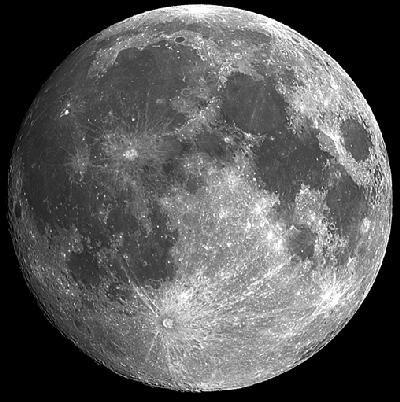January: Wolf Moon. This is the month when wolf packs roam, howling and looking for food. It’s also sometimes called Old Moon and After-Yule Moon.
February: Snow Moon. Inhabitants of the Northern Hemisphere usually see the worst snows during this month. It’s also known as Hunger Moon and Storm Moon for the same reason.
March: Worm Moon. Warming soil in March brings worms to the surface. The March Full Moon also is called Crow Moon, Crust Moon, Sap Moon, Sugar Moon, and Chaste Moon.
April: Pink Moon. This name is a reference to the bright blossoms of wild phlox beginning to bloom in April. It’s also called Seed Moon, Sprouting Grass Moon, Egg Moon, and Fish Moon.
May: Flower Moon. April showers bring May flowers, but this Full Moon also is known as Hare Moon, Corn Planting Moon, and Milk Moon.
June: Strawberry Moon. Wild strawberries are ready for picking in June. Alternative names are Rose Moon, Dyad Moon, and Hot Moon.
July: Buck Moon. This is the month when young bucks begin to sprout antlers. It’s also called Mead Moon, Thunder Moon, Hay Moon, Sturgeon Moon, Red Moon, and Green Corn Moon.
August: Barley Moon. Barley and other grains, as well as many fruits, are ready to harvest in August. Sturgeon Moon, Grain Moon, and Red Moon are also names for August’s Full Moon.
September: Harvest Moon. Almost all native crops, such as rice, squash, corn, beans, and pumpkins, are ready to harvest this month. Because of the timing of sunset and moonrise, September’s Full Moon provides a nightlight that lets farmers work late into the evening. It’s also called Corn Moon.
October: Hunter’s Moon. Animals have eaten well all summer, and in October they are ready to be hunted for the winter meat supply. The timing of sunset and moonrise gives an advantage to Northern Hemisphere hunters, who can now track their prey well into the night. This month’s Full Moon also is called Blood Moon, Travel Moon, and Dying Grass Moon.
November: Beaver Moon. Beavers are active before the hard winter cold sets in. The animals’ warm fur makes beaver pelts a sought-after item. November’s Full Moon also is called Frosty Moon.
December: Long Nights Moon. The Sun makes its lowest arc through the Northern Hemisphere sky during December, which is why this month’s nights are the longest of the year. December’s Full Moon also is known as Cold Moon, Oak Moon, and Before-Yule Moon. — BRENDA CULBERTSON, CRANE OBSERVATORY, WASHBURN UNIVERSITY, TOPEKA, KANSAS










